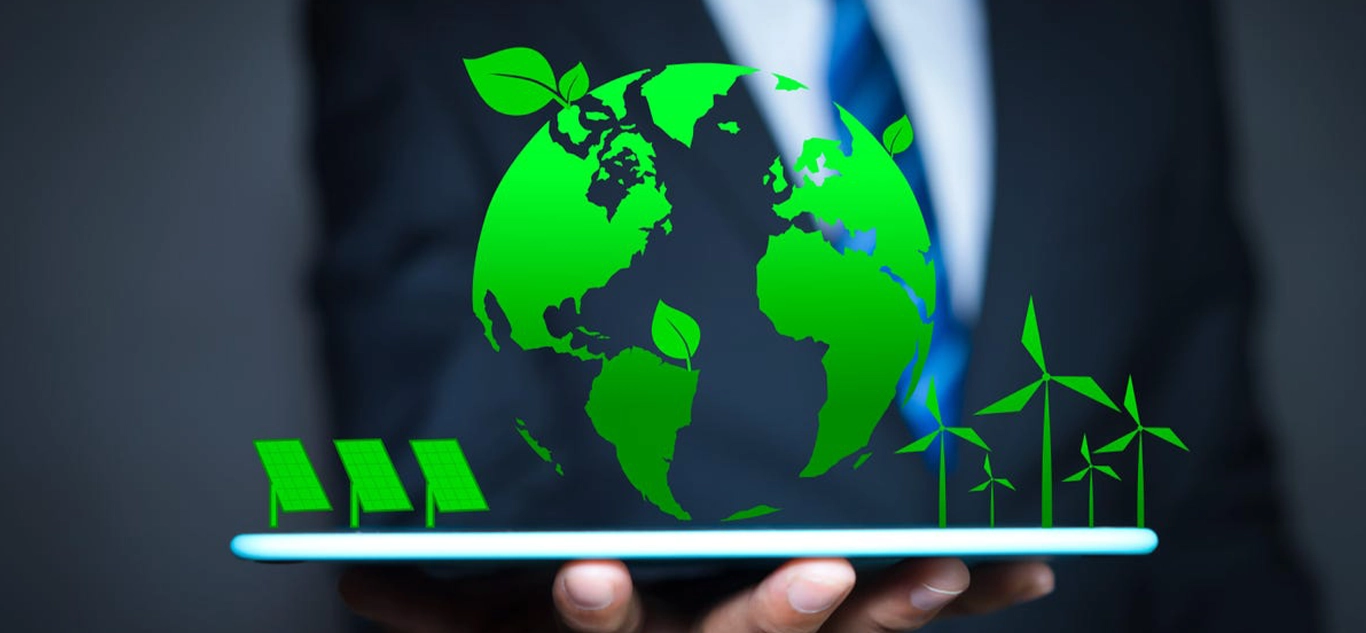
How to Promote Your Sustainability Efforts Through Your PR Strategy
2 Jul 2025, Deya Bhattacharya
As the impacts of climate change continue to proliferate, simply talking about a commitment to
sustainability is no longer enough. Consumers and other stakeholders expect brands to walk the
talk by putting demonstrable efforts into improving the environment and being as eco-conscious
as possible in their business activities. You may already be doing so — but how do you show it
to your audience in a way that they can trust?
A thoughtfully planned digital PR strategy can go a long way in presenting your sustainability
initiatives as brand differentiators without coming across as too promotional. Here are our top
tips for doing so while upholding the sincerity of your efforts.
At the heart of a successful PR campaign lies your sustainability story. To craft this, dive into
your sustainability activity over the years as well as your current practices and identify elements
that set you apart from the competition. Perhaps your efforts are strongly centred around
working with communities at the grassroots level, or perhaps you have been meticulous about
minimum-waste manufacturing practices from the very start. Then, weave this into a story that
aligns with your business mission, and lay out targets and milestones that you hope to achieve.
Use your narrative foundation as a starting point to craft content that educates your audience on
environmental matters, showcases how your brand is doing its bit, and offers practical advice on
changes they can make to live and work more sustainably. The priority should be to share
useful information, rather than be too sales-y about your own activities. Invest in a mix of
content types, from case studies and whitepapers to videos and infographics. This will help you
establish credibility as a thought leader while also improving the shareability of your content.
Different members of your target audience have different preferences and expectations when it
comes to sustainability communications, and it’s essential to cater to each of them
appropriately. Here are some combinations worth investing in:
Media support is key to taking your sustainability PR initiatives from good to great. And that
requires cultivating relationships with journalists who specialise in environmental topics and can
give your brand story the appropriate context. To get their attention, make your brand visible by
speaking at conferences or trade panels where you can demonstrate your expertise. Have a
media kit ready for the journalists to take to press, and include valuable nuggets like in-house
environmental research or unique perspectives from thought leaders. This allows your story to
reach the right audience as quickly as possible.
Numbers do the talking when it comes to measuring sustainability impact. At the same time,
columns of figures are neither interesting nor relevant to most people. To ensure that your
reports pack the right punch, tailor them around KPIs that tie in with your audience’s interests
and demonstrate how they have improved through consistent effort over the months and years.
Visuals like graphs or animated charts are key to presenting numbers in a way your audience
can instantly grasp. You can also use textual imagery when describing facts and figures, such
as by comparing reductions in your carbon footprint to household equivalents.
Setbacks are a part and parcel of any brand’s sustainability journey. The thing that separates
the winners from the pack? Being able to handle failures with grace and commit to learning from
them. If a sustainability initiative fails, or if you receive criticism from consumers or other
stakeholders, acknowledge what has happened and state your intention to improve. Then,
invest the time you need to understand what went wrong and outline a plan for how to improve.
Often, you might discover that the challenge in question requires more from you than you can
currently afford to give — and that’s because sustainability is a complex world where new
developments are constantly coming into play. If that happens, use it as an opportunity to
suggest partnerships and collaborations with other brands, grassroots organizations, NGOs,
local governments and so on. The goal, ultimately, is about doing the right thing for the planet,
whether or not your brand is the only one to receive credit for it.
In conclusion, sustainability initiatives are key to building goodwill and earning audience trust no
matter what industry you operate in. Digital PR can give your initiatives the space they deserve
in the public eye, showing your buyers and your investors that you keep the commitments you
make. At Star Squared PR, we have considerable experience crafting campaigns that showcase
your environmental efforts in an engaging yet mindful fashion. Reach out to us to learn more
about how we can help you.
